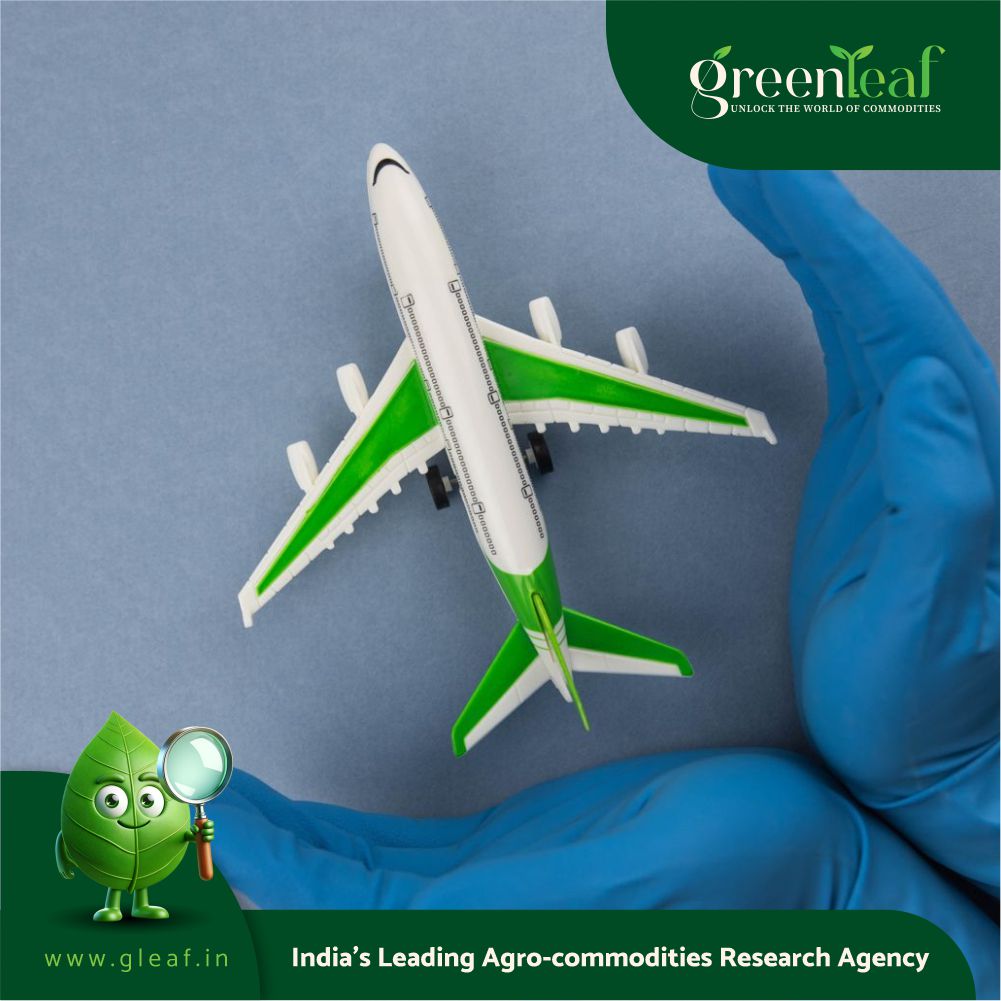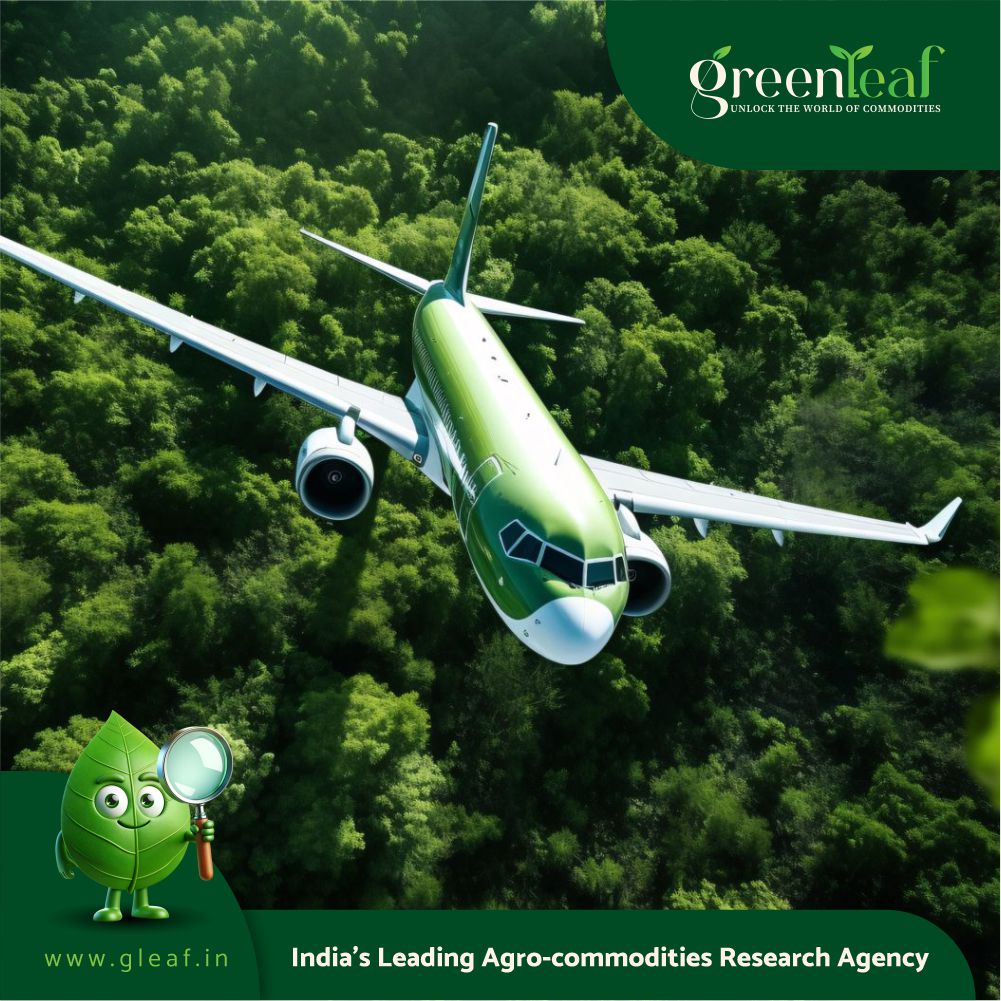During the discussions, aviation leaders made it clear that while the production boost was a step in the right direction, it remains far from adequate. They strongly encouraged governments and energy providers to introduce more robust policies, offer subsidies, and make infrastructure investments aimed at rapidly increasing SAF availability.
A central concern raised was the lack of consistent incentives, which has caused a sluggish buildup of SAF capacity. As a result, airlines are now competing for limited fuel supplies while simultaneously coping with higher operational costs. The challenge has been intensified by delivery setbacks from aircraft manufacturers, delaying the rollout of more fuel-efficient airplanes, and hindering immediate efforts to reduce carbon emissions through modernized fleets.
Financial Strain Tied to Green Progress
While the SAF production increase has been welcomed, it was acknowledged that it comes with a hefty financial cost. Projections indicate that this growth could add about $4.4 billion to the global aviation fuel bill by 2025. Many in the industry view this as a necessary cost of progress, but warn that unless SAF becomes more affordable and easier to access, the pace of aviation decarbonization could falter.
At present, sustainable aviation fuel, which is primarily derived from waste oils and biomass, is regarded as the most promising short- to mid-term solution for reducing emissions in air travel. Its ability to integrate seamlessly with existing aircraft engines makes it particularly valuable. But its limited availability and high production costs have kept it from playing a larger role.
SAF at the Heart of Aviation’s Green Strategy
Since the 2021 pledge to reach net-zero carbon emissions by 2050, airlines have placed substantial emphasis on SAF as a cornerstone of their climate strategy. Its existing infrastructure compatibility means it doesn’t require major changes in aircraft technology or airport refueling systems. However, this reliance on SAF is becoming increasingly risky in the absence of accelerated production and widespread policy support.
Several key points were highlighted during the event to frame the current situation:
SAF output is expected to hit 2 million tonnes by 2025
This will represent just 0.7% of the airline industry’s total fuel use
The global aviation fuel bill is likely to increase by $4.4 billion as SAF scales
Urgent calls continue for policy reform and investment support
The Broader Impact on Air Travel and Global Travelers
The implications of this slow progress extend far beyond industry boardrooms. For global travelers, this limited SAF adoption could bring higher ticket prices, especially on long-haul flights, where SAF usage is more likely to be prioritized due to international regulations or green branding.
As fuel prices rise and airlines work to offset their environmental impact, passengers may start to feel the financial burden. This could lead to changes in travel patterns, such as opting for shorter routes, choosing lower-emission carriers, or reducing flight frequency altogether.
More importantly, the current state of SAF availability reveals a deeper challenge: how the aviation sector must walk a tightrope between environmental responsibility and economic sustainability. Without swift and scalable solutions, experts caution that the climate goals set for 2050 may become unattainable, potentially eroding public trust and forcing airlines to pursue alternative decarbonization methods that may be even more complex or costly.
The takeaway from New Delhi was clear: while progress is being made, the pace remains far too slow. If the aviation industry hopes to remain on track toward a greener future, it must move from intention to action—fast.















